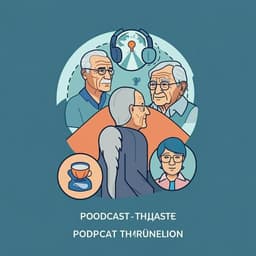
Political Science
Dynamics of social network emergence explain network evolution
C. Pomeroy, R. M. Bond, et al.
This research conducted by Caleb Pomeroy, Robert M. Bond, Peter J. Mucha, and Skyler J. Cranmer delves into the fascinating dynamics of networked systems. Explore how an initial cycle of rapid tie expansion and contraction illuminates the eventual structure and interactions within a social network, shedding light on scientific collaboration through a proposed model of churn.
Playback language: English
Related Publications
Explore these studies to deepen your understanding of the subject.







